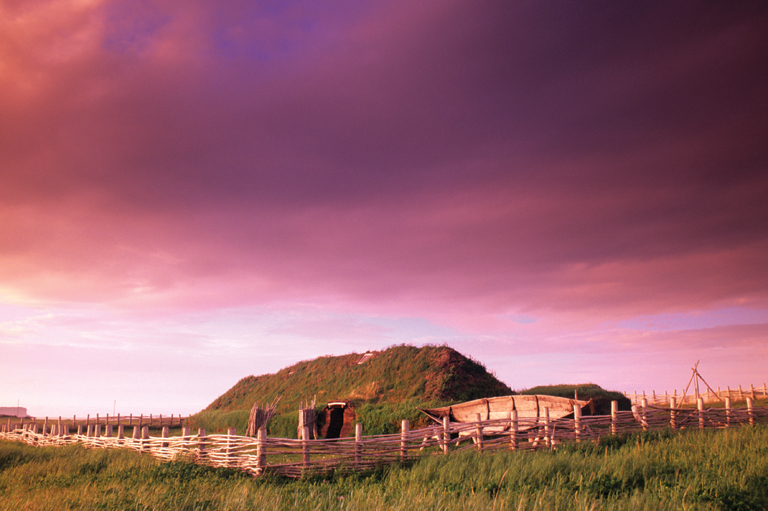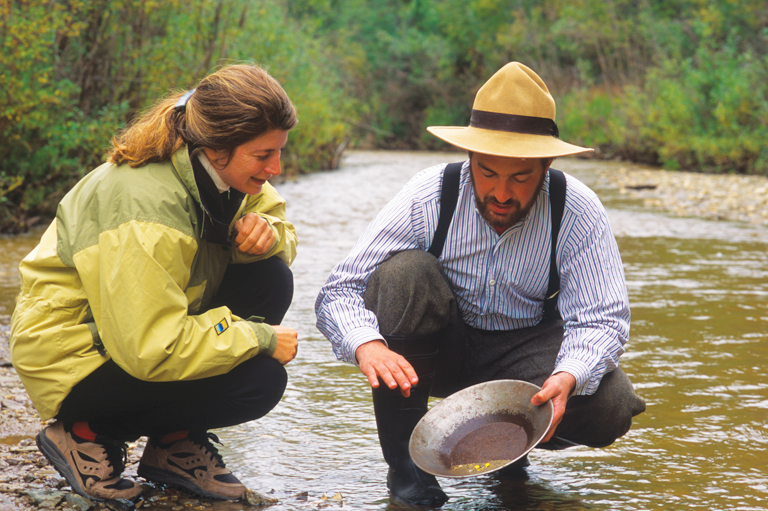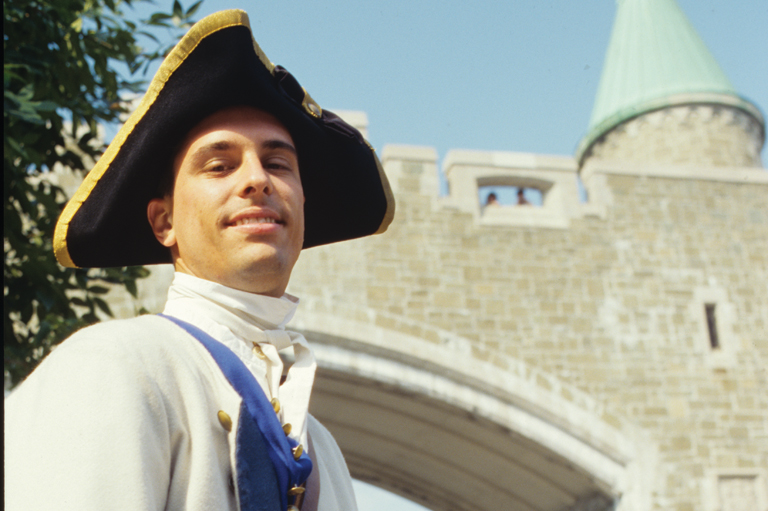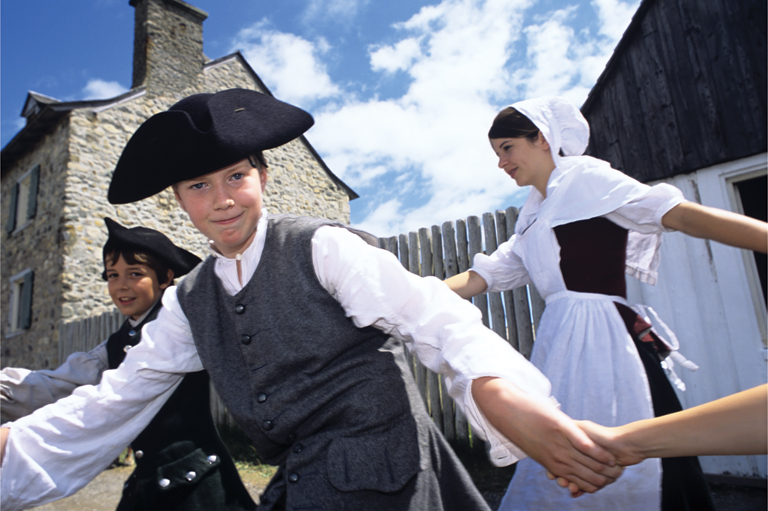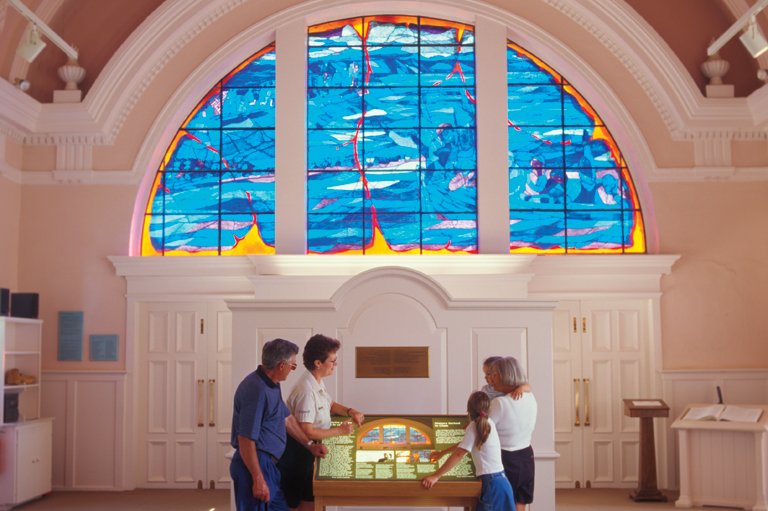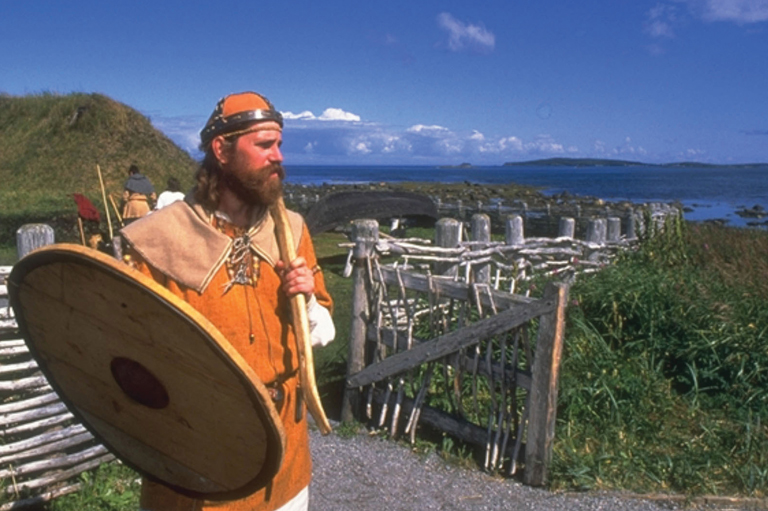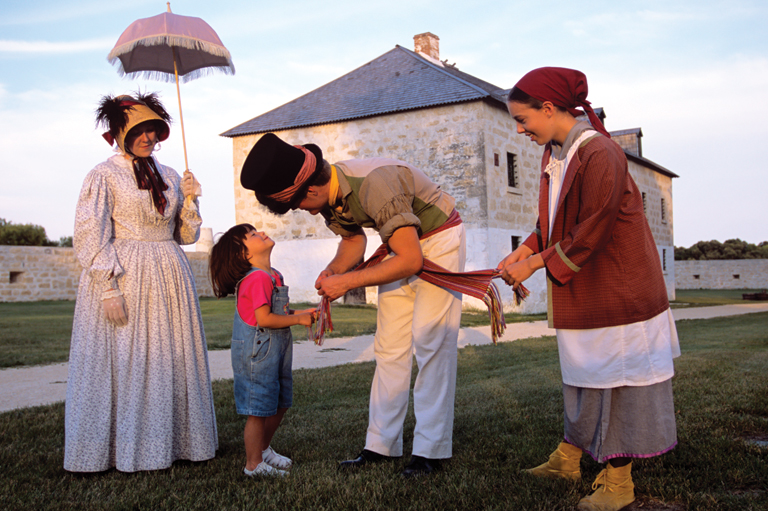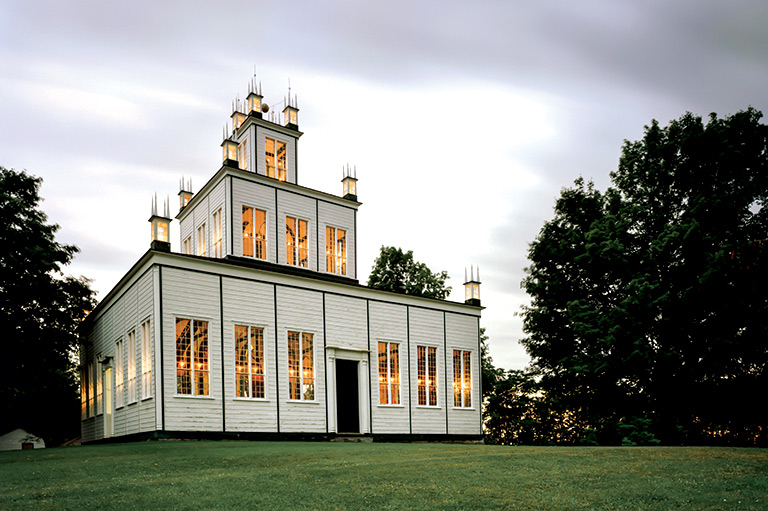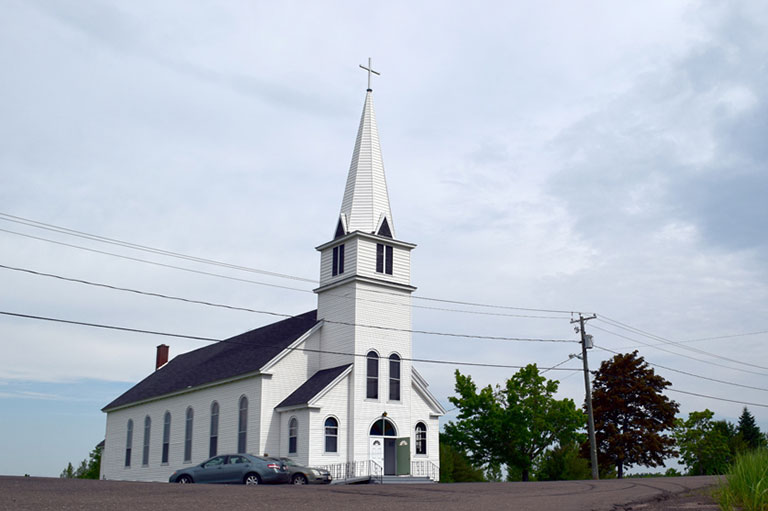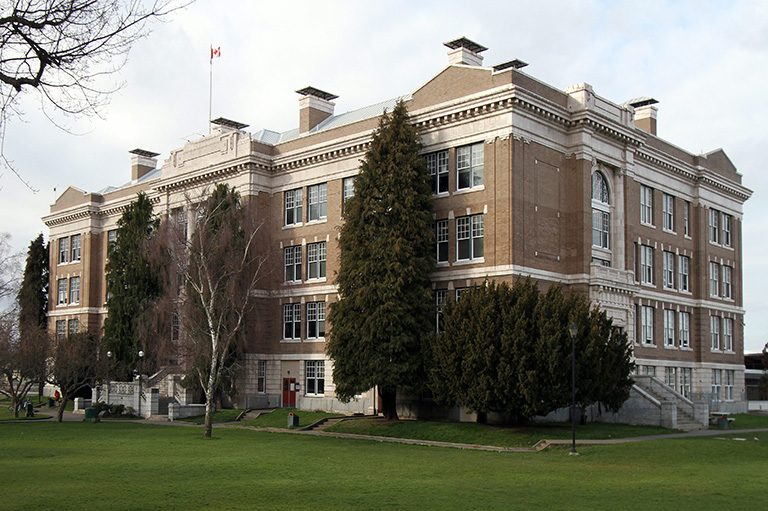Discover a wealth of interesting, entertaining and informative stories in each issue, delivered to you six times per year.
Rideau Canal
The beauty and recreational value of this 202-kilometre-long waterway belies its origins as an early nineteenth-century defence strategy. After the War of 1812, there was continuing tension between British North America and the United States. The vital shipping link between Montreal and the Great Lakes — much of which formed the border between the two countries — was vulnerable to being shut down in a future conflict.
For this reason, an alternative route was built from Ottawa to Kingston, linking lakes and rivers with a system of canals and forty-seven locks. It was a considerable engineering feat that took five years (1827–1832) to accomplish and required the labour of thousands of workers, many of them recent Irish immigrants. Malaria contracted from swamps along the way is estimated to have killed five hundred of them.
When it was finished, the 800,000-pound-sterling price tag — sixty per cent over budget — put the British Parliament into shock. It’s heyday as a commercial waterway was short-lived, but it eventually became a recreational haven. It was named a UNESCO World Heritage Site in 2007.
Time period: 1827 to the present.
Things to do: Travel the canal by boat to view the scenic countryside, historic towns, and quaint villages of Eastern Ontario. Take in the summer heritage theatre series by Parks Canada Players that brings history to life with performances in towns or cities along the canal. Skate on a section of the canal in downtown Ottawa in winter.
Getting there: The canal begins in Ottawa and ends in Kingston and can be accessed at many places along the way.
Visit Parks Canada's website


